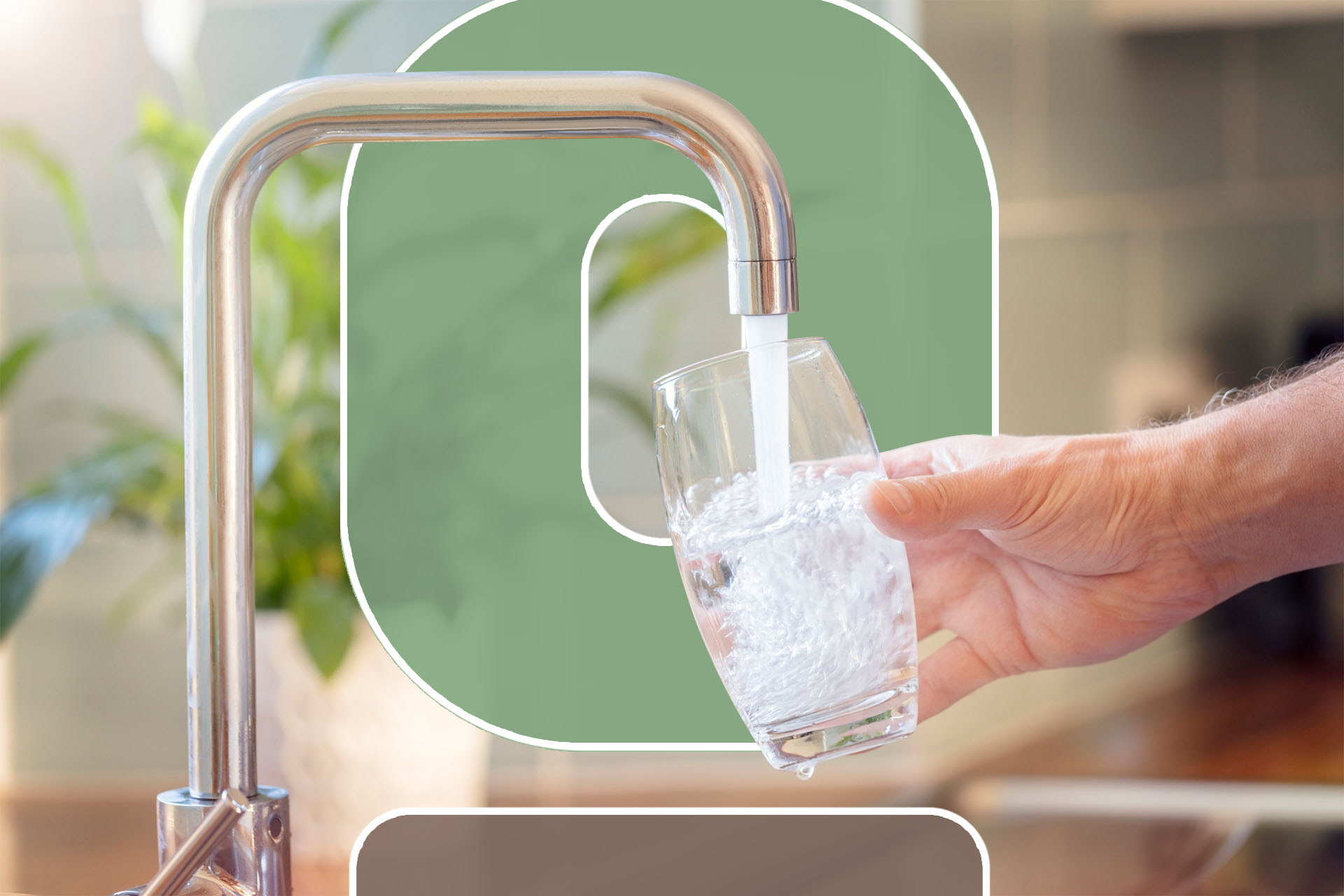
Where Is the Cleanest Water in the World?
We are reader-supported. When you buy through links on our site, we may earn affiliate commission.
Water makes up nearly 60% of the human body. Climate change enhances resource scarcity, increasing society’s risk of dehydration, waterborne illness and other adverse health effects. As the global temperature rises and Earth’s surface changes, environmentalists search for naturally clean water sources. The rising evaporation rate and water displacement limit the sources’ abundance. Researchers are studying the cleanest water in the world and developing efficient purification methods. Before assessing the filtration methods, we must evaluate the top three places for the cleanest water in the world.
1. Denmark
Danes can drink pure and delicious water straight from the tap. They may also dive into Copenhagen’s harbor because of its cleanliness. Denmark has strict groundwater protection laws, increasing the conservation of freshwater.
Individuals are unable to use contaminants near aquifers. When pollution illegally reaches a site, professionals act immediately utilizing a risk assessment process. They investigate the area, evaluate present contaminants and identify the pollutants pathways and origins.
The country prioritizes the remediation of contaminated aquifers. Cleanup practices helped establish the swimming areas in Copenhagen. Before 1995, oil, waste and algae-filled the water, decreasing its safety.
Professionals put nearly 3 billion kroner into the cleanup project, rerouting waste. Other cities prevent waste-derived contamination using hydrogen fuel cell technology. They filter the municipal solid waste (MSW), extracting hydrogen for energy.
Additionally, they can power the filtration system with fuel cells, collecting pure water outputs. The process effectively reduces waste while producing clean water, creating a closed-loop practice. Other countries ensure the cleanliness of their water sources by completely eliminating their interactions with pollutants.
2. Iceland
Iceland also has some of the cleanest water in the world. It has high-quality control measures that ensure drinking sources’ safety and desirable taste. Also, nearly 95% of the country’s drinking water derives from springs.
Springwater travels directly from the source to the consumer, eliminating its contact with contaminants. Agricultural limitations also protect freshwater sources. The industry utilizes only 2.4% of the land, and farmers’ minimal fertilizers use prevents eutrophication.
3. Finland
Finland prides itself on its high-water quality. Nearly 85% of its freshwater sources are in pristine conditions. Professionals use efficient filtration technology and regulations to produce a clean, potable water supply.
Sources below the Baltic Sea face quality challenges. Individuals use surface water, northern resources and treat low-quality sources to access safe drinking. Professionals use artificial recharging to increase the cleanliness of natural water, creating an abundant supply.
Water Purification Challenges
Pollution fills the environment, altering Earth’s atmosphere and surface. Industrial waste, agricultural runoff, sewage and poor processing technology affect the quality of drinking water. When areas fail to filter their water, humans and other species experience adverse health effects.
Flint is the most significant example of water degradation’s adverse effects in the U.S. In 2014, the local government decided to cut costs and transition the community’s water supply from Detroit to a nearby river. Professionals inadequately tested the source’s quality, placing the entire town at risk.
Immediately after the transition, individuals noticed a discoloration, odor and off-taste of the water. Consumers began experiencing hair loss and full-body rashes. Community members complained about the water source for months, and the government failed to respond.
Eventually, professionals at Virginia Tech stepped in and conducted a complete panel evaluation. They discovered high levels of lead in the water, poisoning children and other consumers. The poor water quality produced an outbreak of Legionnaires’ disease, killing 12 community members.
After two years and a court case, the government responded. They provided bottled water to residents until they properly filtered the source. Professionals can prevent community-wide degradation in America by installing efficient filtration technology.
Efficient Filtration Methods
In Denmark, Iceland and Finland, freshwater sources are abundant. Various regions around the world have limited access to clean resources, creating supply challenges. Environmental engineers and scientists evaluated the issue and created technologically advanced solutions.
Desalination plants can convert salt water into clean drinkable resources, supporting global hydration needs. California struggles with elongated drought periods, limiting available water for consumption and agriculture. It developed 11 desalination facilities to reduce resource scarcity levels.
The plants use reverse osmosis, which presents a solution for many non-potable water sources. It filters contaminated water through multiple membranes, collecting the purified output. Professionals can also use reverse osmosis for water recycling, wastewater treatment and energy production.
A new sustainable purification technology is the acoustic nanotube. Professionals at the NASA Johnson Space Center developed the system using an acoustically powered screen. It moves water molecules through a carbon nanotube, capturing pollutants and other contaminants, creating a pure output.
The system requires minimal energy, increasing its accessibility to less developed countries. Creating available filtration technology is essential to lowering dehydration and waterborne illness rates.
Are You Drinking the Cleanest Water in the World?
Individuals can ensure the safety and cleanliness of their water sources by testing it regularly. If there are impurities in your city water supply, immediately reaching out to your local management officials is essential. You can protect your community from waterborne illnesses by voting for effective testing and purification practices.
Share on
Like what you read? Join other Environment.co readers!
Get the latest updates on our planet by subscribing to the Environment.co newsletter!
About the author

Jane Marsh
Starting from an early age, Jane Marsh loved all animals and became a budding environmentalist. Now, Jane works as the Editor-in-Chief of Environment.co where she covers topics related to climate policy, renewable energy, the food industry, and more.





